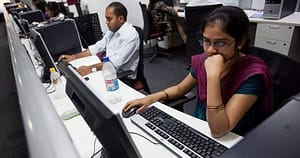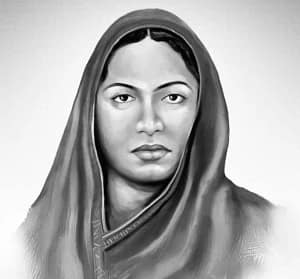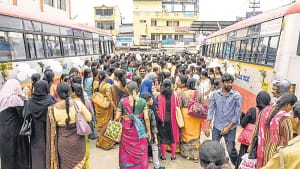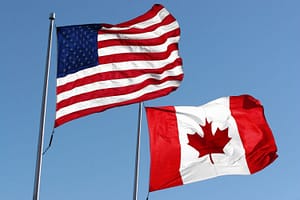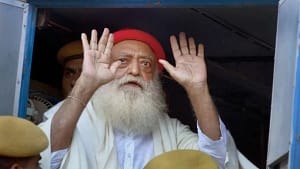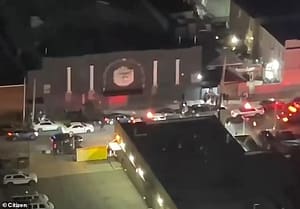The Union Cabinet, led by Prime Minister Narendra Modi, approved two crucial Bills on Thursday to pave the way for simultaneous elections to the Lok Sabha and state Assemblies. This historic legislative push marks a significant step toward implementing the ambitious “One Nation, One Poll” policy, aimed at reshaping India’s electoral system.
A Two-Phase Approach: Synchronizing Elections
The approved draft legislations, spearheaded by Law Minister Arjun Ram Meghwal and explained in detail by Home Minister Amit Shah, will be introduced in Parliament during the ongoing Winter Session. These Bills will be sent to a joint parliamentary committee for in-depth consultations with stakeholders.
The government’s phased plan follows the recommendations of a high-level panel led by former President Ram Nath Kovind. The Kovind panel suggested conducting simultaneous elections to the Lok Sabha and state Assemblies in the first phase. The synchronization of municipal and panchayat elections with these will follow in the second phase, to be conducted within 100 days of parliamentary and state polls.
The Kovind panel report, which was accepted by the Cabinet in September, underscores the logistical and constitutional challenges involved in aligning elections across India.
Constitutional Amendments in the Pipeline
To implement the first phase of simultaneous elections, the government will introduce a Constitutional Amendment Bill targeting Articles 83 and 172, which govern the duration of Parliament and state legislatures, respectively. Importantly, these amendments will not require ratification by state legislatures.
Additionally, the amendment will propose inserting a new Article 82A, empowering the President to notify the date of the first sitting of the newly elected Lok Sabha as the “appointed date.” This date will serve as the baseline for aligning the tenure of all state Assemblies elected after this notification.
An ordinary Bill will also be introduced to amend existing laws governing the legislative Assemblies of union territories, including Jammu and Kashmir, Delhi, and Puducherry, aligning their terms with the Lok Sabha and other Assemblies.
What Happens in Case of Hung Houses or Fresh Elections?
One of the most debated aspects of this policy is handling scenarios like a hung Assembly or a no-confidence motion. According to official sources, fresh elections in such cases will result in shorter tenures. For instance, a Lok Sabha reconstituted mid-term will only serve the remaining duration of the original five-year term. Similarly, newly elected state Assemblies will serve until the Lok Sabha’s full term ends.
Challenges in Municipal and Panchayat Elections
While the first phase focuses on Lok Sabha and state Assemblies, the second phase — aligning municipal and panchayat elections — will require constitutional amendments to be ratified by state legislatures. This presents an additional layer of complexity in the “One Nation, One Poll” vision.
What’s Next?
The introduction of these Bills in Parliament is expected to spark intense debate across party lines. Proponents argue that simultaneous elections will reduce electoral costs, ensure administrative efficiency, and minimize voter fatigue. Critics, however, warn of potential threats to federalism and logistical hurdles in synchronizing elections nationwide.
As the nation watches closely, the “One Nation, One Poll” Bills represent a transformative shift in India’s electoral landscape, promising efficiency but also sparking controversy.
Sidenote: This news report is curated with insights from multiple reliable news sources.
